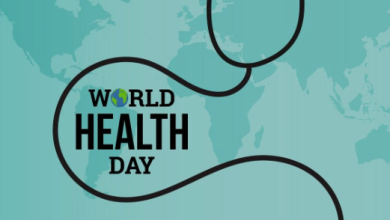education
What is CPR?
CPR stands for Cardiopulmonary Resuscitation. It is an emergency technique used on people who are in cardiac arrest or have suffered abrupt cardiac or respiratory failure. CPR is a mix of chest compressions and rescue breaths that help preserve blood circulation and oxygenation to important organs until expert medical assistance arrives. The goal of CPR is to keep the person alive while increasing the chances of successful resuscitation. Individuals who may be required to respond to an emergency situation must receive CPR training.

How to perform it?
- Assess the Scene: Ensure the area is safe for both you and the victim. Check for any potential dangers or hazards.
- Check Responsiveness: Shake the victim gently and shout loudly to determine if they are conscious and responsive. If there’s no response, proceed to the next step.
- Call for Help: If you’re alone, call emergency services (911 or local equivalent) immediately. If someone else is available, instruct them to call for help while you start CPR.
- Open the Airway: Place the victim on their back on a firm surface. Tilt their head back gently and lift the chin to open the airway.
- Check Breathing: Look, listen, and feel for breathing. Place your ear close to their mouth and nose, look for chest movement, and feel for breath on your cheek. If the victim is not breathing normally, proceed with CPR.
- Perform Chest Compressions:
- Place the heel of one hand on the center of the victim’s chest (usually between the nipples).
- Place your other hand on top of the first hand and interlock your fingers.
- Position yourself directly over the victim’s chest, with your shoulders aligned over your hands.
- Push hard and fast, compressing the chest at least 2 inches (5 centimeters) deep at a rate of 100-120 compressions per minute.
- Allow the chest to fully recoil between compressions.
- Give Rescue Breaths:
- Pinch the victim’s nose shut.
- Create a seal over their mouth with your mouth.
- Give two rescue breaths, each lasting about one second and causing the chest to rise visibly.
- If you’re unable or unwilling to give rescue breaths, continue chest compressions only (hands-only CPR).
- Continue CPR: Perform cycles of 30 chest compressions followed by 2 rescue breaths. Continue CPR until emergency medical help arrives, the victim starts breathing normally, or you become too exhausted to continue.
- Use an AED (if available): If an Automated External Defibrillator (AED) is available, follow the device’s voice prompts to administer a shock if advised. Resume CPR immediately after the shock is delivered.






